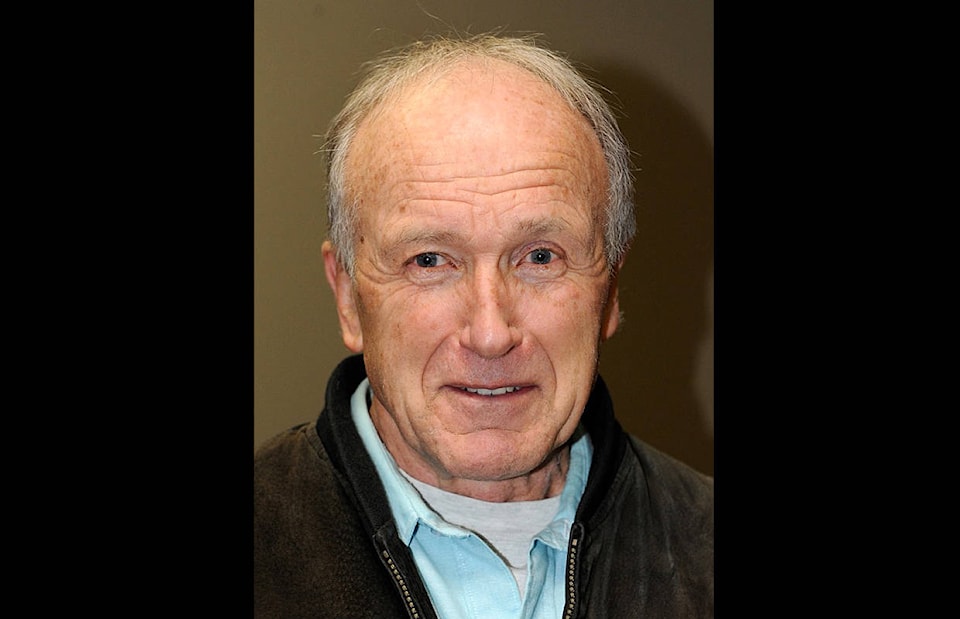Jim Hilton
Observer Contributor
An article in the recent Logging and Sawmilling Journal describes how the silviculture services sector is gearing up for replanting areas impacted by beetles and wildfires.
Author Jim Stirling summarizes the B.C. Ministry of Forests, Lands, Natural Resource Operations and Rural Development (FLNRORD) estimate of how the province has been impacted by the disturbances. One of the challenges brought on by a warming climate is planting the best-suited tree seedlings to begin the repair the loss of trees. A precise determination is difficult because there hasn’t been the time or money allocated to get onto the land to precisely assess the damage. But government estimates some 1,750,000 hectares of the harvest land base in the province has been impacted by the disturbances. Sowing requests made in 2018 for growing in the nurseries during 2019 and available for planting in 2020 totalled 308 million seedlings and are on track and represent a 15-per-cent increase from this year’s planting (2019).
Concerns were also being expressed about the declining numbers of available tree planters. Like every other forest industry workers sector, recruiting and retaining tree planters is an expanding problem. One of the exacerbating factors was that government-set minimum wages were gaining on tree planters’ average earnings. It made the physically demanding job less appealing to rookie tree planters. To lessen the impact, wages have been increased for the 2019 planting season by an average 15 per cent.
Some recent technology may also help, which surprisingly is coming from Australia. The BioCarbon Engineering website shows how using swarms of drones could plant up to 400,000 tree seeds each day. The company has a long-term goal of planting 500 billion trees by 2060.
Closer to home, the Canadian Wood Fibre Centre is also doing some testing in Alberta. As their researchers point out, even fast-working tree planters can only plant 2,000 or even 3,000 seedlings a day, while ditching clouds of seeds from a plane is often inaccurate and has a low success rate. The process starts with using drones to map cut blocks at a high resolution to identify the perfect (planting) spots. Planting drones are then sent to fire a seed pod into the precise areas already identified and tracked so herbicide and fertilizers could be applied later.
Some of the other advantages include the following: plant more safely in challenging areas, planting patterns can be automatically generated to match native species to specific areas, multi-species can be planted, and can operate on steep slopes and hillsides.
As with any new technology, there will be many details to work out before drones are likely to replace experienced tree planters, but drones have proven effective already in many forest applications, and tree planting could certainly be another area where they could prove to be part of a tree planter’s toolkit.
A big thanks to Evan for pointing out the YouTube presentation about the use of drones.
Jim Hilton is a professional agrologist and forester who has lived and worked in the Cariboo-Chilcotin for the past 40 years. Now retired, he volunteers his skills with community forests organizations.
READ MORE: Forestry Ink: Who benefits from a free log market?
editor@quesnelobserver.com
Like us on Facebook and follow us on Twitter
